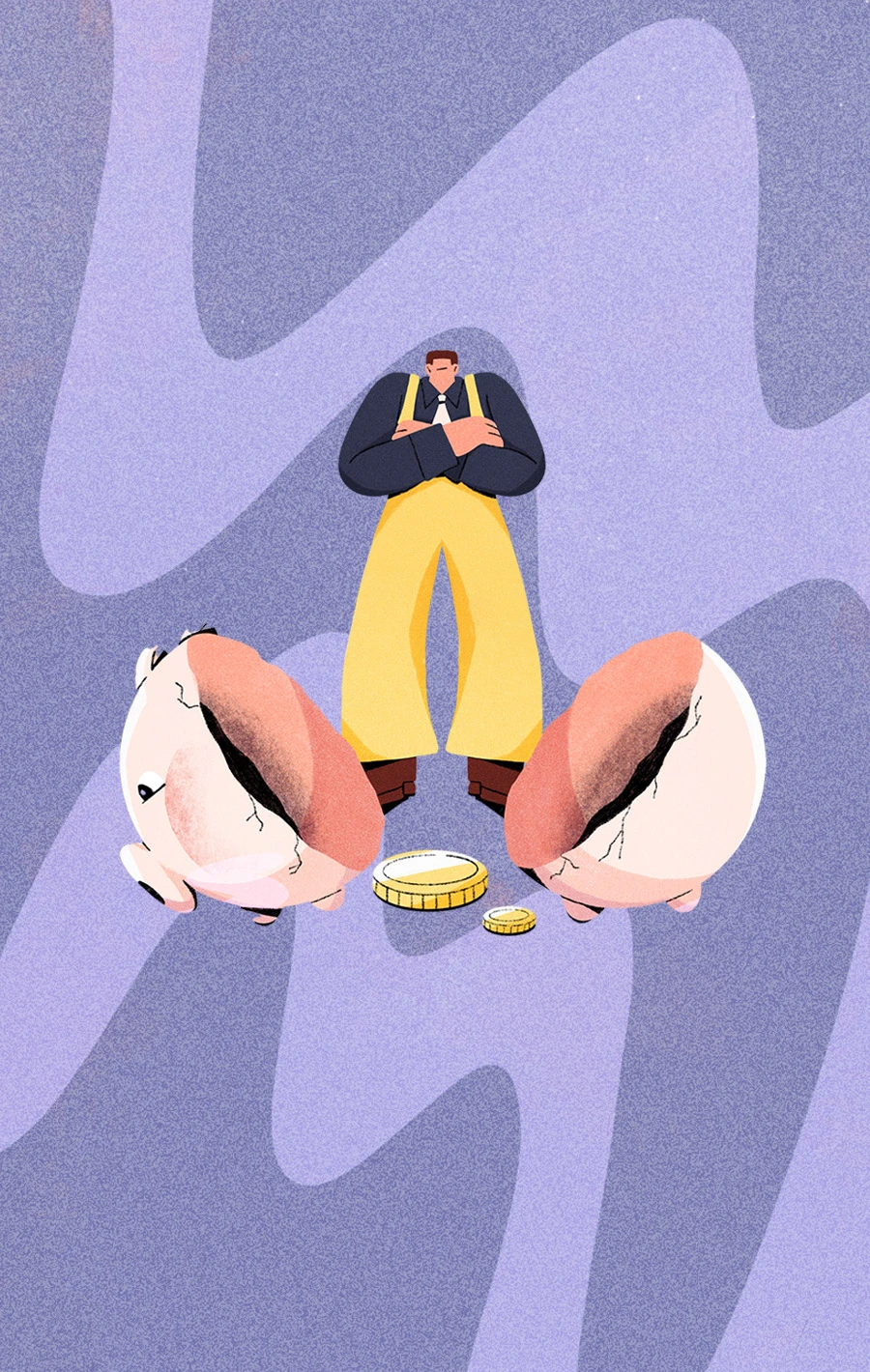Student Loan Forgiveness for Washington State Borrowers
Updated on April 10, 2025
Quick Facts
You could get up to $75,000 forgiven if you work in health care or behavioral health in an underserved part of Washington.
If you’re a nurse educator, Washington offers up to $35,000 just for teaching at an approved nursing program.
Even if you don’t qualify for state programs, federal forgiveness like PSLF and IDR still apply—and Washington has support to help you get it.
Can Washington State Forgive Your Student Loans?
If you’re buried in student debt and living in Washington, you’re probably wondering: “Does the state actually offer any real loan forgiveness?”
The short answer: Yes—but only if you know what to apply for and when.
Washington offers legit state-run programs for people in health care, education, and public service. These aren’t vague promises—there are real deadlines, dollar amounts, and jobs that qualify.
And if you don’t fit a state program, federal forgiveness is still on the table, with support available to Washington borrowers.
Let’s get into it.
State-Specific Student Loan Forgiveness Programs in Washington State
If you live in Washington and work in health care, education, or public service, there are real state-backed programs that can wipe out part of your student debt.
Here’s what’s available now:
Washington Health Corps Loan Repayment Programs
Washington Health Corps offers up to $75,000 in student loan repayment for licensed health professionals who commit to serving in areas with limited access to care. Related: Student Loan Forgiveness for Healthcare Workers
There are two tracks:
Who qualifies:
You must be a licensed provider in primary care, dental, mental health, or behavioral health.
You must work at an approved site in a Health Professional Shortage Area (HPSA) or other underserved community in Washington.
What you get: Up to $75,000 in loan repayment in exchange for a 3-year service commitment.
Nurse Educator Loan Repayment Program (NELR)
Washington State offers up to $35,000 through NELR for advanced practice nurses who become nurse educators at approved nursing programs.
Who qualifies:
You must have a graduate-level nursing degree (Master’s or higher).
You must work as a faculty member in an approved nursing program in Washington.
What you get: Up to $35,000 in loan repayment.
Federal Student Loan Forgiveness Programs Washington Borrowers Should Know
Even if Washington State doesn’t have a program that fits your situation, federal forgiveness options are still in play—especially if you work in public service, have a low income, or were misled by your school.
Here’s what to know:
Public Service Loan Forgiveness (PSLF)
If you work full-time for the government, a public school, or a nonprofit, you could have your entire federal student loan balance forgiven after 10 years of payments through PSLF.
This includes public school teachers, state workers, university employees, and more in Washington.
Washington State even has a Student Loan Advocate to help PSLF borrowers fix errors, submit paperwork, or escalate issues with servicers.
Income-Driven Repayment Forgiveness (IDR)
If you’re on a federal income-driven repayment plan (like SAVE, PAYE, or IBR), you can get your remaining balance forgiven after 20 or 25 years of payments.
Some lower-income borrowers on SAVE will qualify for forgiveness even sooner—as soon as 10 years if your original loan balance was under $12,000.
Washington residents enrolled in these plans get the same access to forgiveness as anyone nationwide—but many don’t realize they’re eligible or how close they are.
Borrower Defense to Repayment
If your school lied to you, defrauded you, or closed while you were enrolled, you could get your federal loans wiped out under Borrower Defense.
Washington borrowers who attended shady for-profit schools like ITT Tech, Corinthian Colleges, or Art Institutes may qualify.
This process takes time, but thousands in Washington have already seen their loans discharged.
Total and Permanent Disability (TPD) Discharge
If you’re totally and permanently disabled, your federal loans can be fully discharged.
The process is now much easier—Social Security data is used to auto-qualify many borrowers. Washington residents don’t need to file through a state agency, but having state medical documentation can help if you don’t get auto-flagged.
Key Deadlines and How to Stay Updated
Deadlines for student loan forgiveness programs in Washington can sneak up on you—and missing one could mean waiting another year (or losing out entirely).
Here’s what to watch for:
2025 Forgiveness Deadlines You Should Know
Washington Health Corps (HPLRP + BHLRP):
Application opened: January 6, 2025
Extended deadline: March 14, 2025
Nurse Educator Loan Repayment Program (NELR):
Application opened: January 6, 2025
Extended deadline: March 14, 2025
Public Service Loan Forgiveness (PSLF):
No fixed deadline, but you must submit the PSLF Form annually and when you change jobs.
Any major policy changes or limited waivers may have deadlines—watch for updates from the U.S. Department of Education.
Income-Driven Repayment (IDR) Account Adjustment:
Many borrowers will see extra credit toward forgiveness in 2025.
To benefit, you may need to consolidate by a set deadline (we’ll update this once it’s finalized).
How to Stay In the Loop (and Not Miss the Next Deadline)
Sign up for alerts from WSAC: You’ll get reminders for Health Corps, NELR, and other Washington-specific programs.
Set a yearly calendar reminder to check forgiveness updates every January and July—those are common launch periods.
Related: Is it Too Late to Apply for Student Loan Forgiveness?
Bottom Line
Washington State has real student loan forgiveness programs—but they’re specific, deadline-driven, and easy to miss if you’re not paying attention. Whether you’re in health care, education, or public service, the right program could wipe out tens of thousands of dollars in debt.
And if you don’t qualify for a state-based option, federal forgiveness programs still offer a path forward.
The key is knowing what fits your situation—and what’s a waste of time.
Book a call with our student loan expert.
We’ll walk through your loans, tell you what programs you actually qualify for, and help you take the next step with confidence.
Related Readings:







